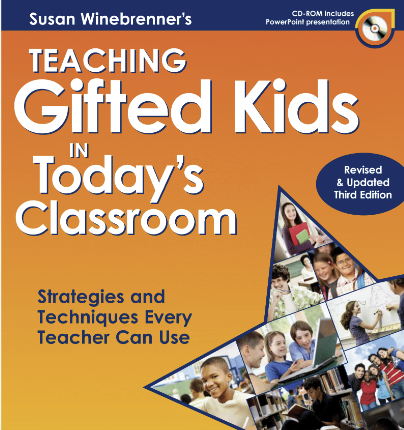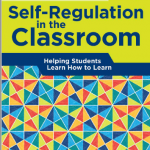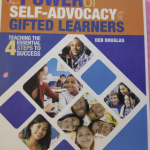Whether they have been identified or not, it is important for educators to understand and accept that gifted students are everywhere! We have spent so much time, energy, and resources in supporting the needs of struggling students (especially since COVID) we have (conveniently) put blinders on that lets us ignore the struggles our gifted students are experiencing. Honestly, when all human capital in the education system (especially public) is working on fumes and skeletons, addressing one more need can push people over the edge. But I propose that supporting the needs of our gifted students in the general education classroom can open the door to benefits that we did not even know it would bring.
By serving gifted students as individuals with unique needs, and not as potential teacher assistants:
- teachers can find natural opportunities for refreshment and development in the craft.
- High achievers and creative thinkers that may or may not be gifted can have new opportunities to develop their skills and contribute to larger ideas in ways that were not possible before.
- Non-gifted peers can have opportunities to observe and participate in higher thinking activities (with and without supports) that can stretch and expose them to ideas and methods that they would have been cut off from. Best of all, gifted students will experience their right to receive an appropriate education in their natural environment.
One easy method that can support this is The Name Card Method. This strategy eliminates calling out answers and it gives all students a safe opportunity to participate. It is similar to Think-Pair-Share, but Winebrenner provided some gifted variations. Winebrenner suggests grouping students that have high content knowledge together so that they do not dominate the thinking of the group or class. Putting them together allows them to “call out” to each other. Once in groups, students share thinking with their partner, but the pre-identified student reports the answer with assistance from their partner as needed. All students are provided an opportunity to give final comments when the questioning is complete. This will allow students with big ideas an opportunity to share without taking over.
I used this approach with success in my multiage class. I found that in addition to addressing the task at hand, this approach allowed students to explore and discover things about themselves in a low-stress setting. Some examples of success beyond task completion include:
- Two students in different grade levels that were grouped together discovered a love for golf that they did not find in other peers. Since then, they have been researching the topic and planning an outing to Top Golf to do some experiments on the relationship between swing and distance.
- A gifted student working in an area of his non-giftedness was able to receive input and support from a non-gifted peer. This helped break some of the stigma and assumptions that gifted students are gifted in everything and learn everything easily.
- Another pairing allowed a gifted student to get support from non-gifted peers on public speaking, which was a challenge for her. Knowing that she would be the one speaking for the group allowed her to be open to peer feedback and support in the area of her need (social-emotional development).
There were a few situations that did not lend to success. This occurred when one or both students were not willing to engage, take on their role, or go beyond surface-level thinking. Therefore, I would suggest that teachers that choose to employ this approach in class watch out for this and make changes/intervene upon identification.
If you are a general education teacher interested in learning strategies or approaches that will help you better support gifted students in your class, I recommend you check out the book Teaching Gifted Students in Today’s Classroom by Dina Brulles and Susan Winebrenner.









